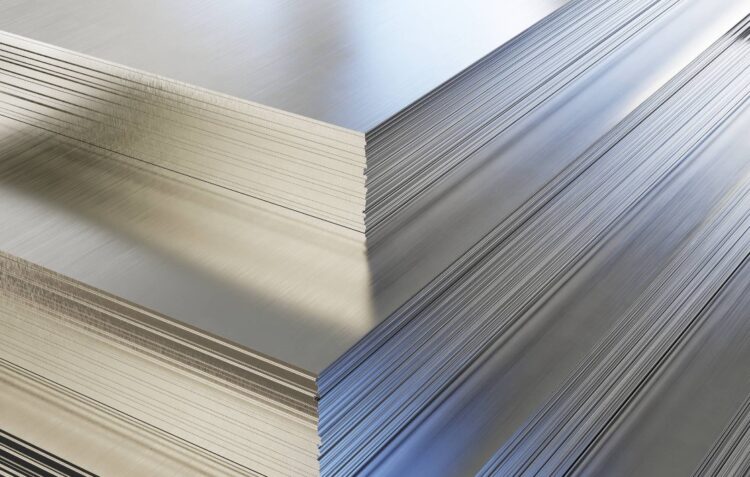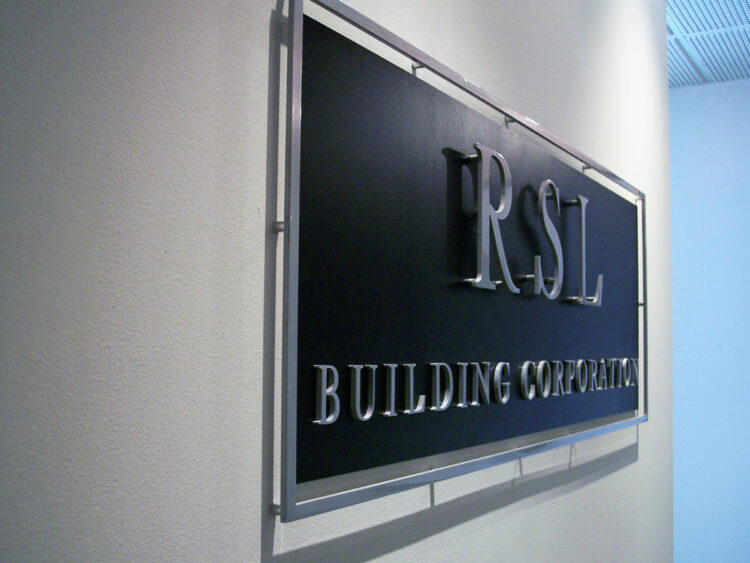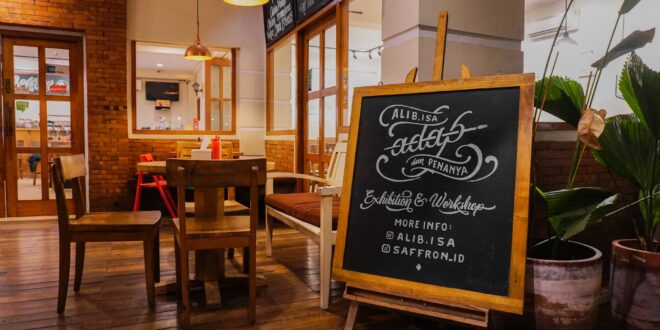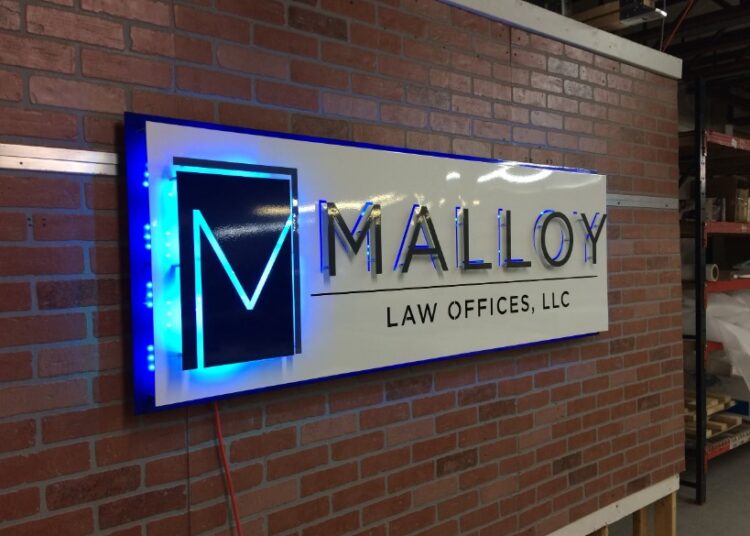Durability is key when it comes to signage. Custom aluminum signs provide long-lasting messages, whether for branding, directions, or safety purposes, and they do so while maintaining an attractive appearance. These resilient metal signs can be used indoors or outdoors and come in various shapes and sizes, adding a touch of vintage charm or modern style to your business.
An aluminum sign board material is highly resistant to deterioration, easy to work with, and allows for direct screen printing, painting (subject to paint adaptability testing), and inkjet printing. It finds extensive applications in advertising displays, architectural decorations, cultural and artistic projects, as well as packaging.
The main goal of advertising is to utilize banners for showcasing, displaying, and announcing product promotions and releasing information. Furthermore, it finds extensive application in screen printing, making it particularly well-suited for large-scale, unified publicity campaigns.
Applications of Aluminum Sign Board
Aluminum sign board material has gained popularity in contemporary architecture and is now extensively used in various applications. From real estate signs and license plates to roadside advertisements and business storefronts, aluminum composite sign boards can be found on every street corner due to their exceptional durability, appearance, and cost-effectiveness.
These composite panels are widely employed for exterior building signage, offering an industrial look that appeals to business owners seeking longevity and an impressive advertising appearance.
5 Benefits of Opting for Aluminum Sign Board Printing

There are numerous advantages to using aluminum sign boards for printing, and we will explore some of them in this article.
1. Lightweight
An aluminum sign board material is remarkably lightweight, making it effortless to install in various locations without much hassle, and one of the best materials for metal business signs.
2. Versatility
One of the key advantages of aluminum is its exceptional versatility, allowing it to be molded into various shapes and forms. This flexibility enables the creation of flat or curved panels to suit different walls, and drilling holes for attachment is a straightforward process. As a result, affixing aluminum sign board printings to existing concrete walls becomes a breeze.
3. Environmentally Friendly
Aluminum is non-combustible, rendering aluminum composite sign boards completely fireproof. They do not emit harmful gases or fumes, ensuring safety from an environmental perspective.
4. Durability
Aluminum composite sign boards are immune to rust, granting them longevity that can span years or even decades with minimal maintenance. The durability of aluminum sign board printing is truly exceptional.
5. Easy to Clean
Maintaining aluminum composite panel print signs is simple due to their excellent water-resistant properties. Moreover, the paints on aluminum boards remain unfazed by sun exposure, rain, or rust, ensuring a long-lasting vibrant appearance.
There are numerous advantages to choosing aluminum sign material for your signage needs. Its strength, weather resistance, and affordability make it an ideal choice, while the sleek and professional exterior with custom designs add to its appeal among your customers.
How to Install an Aluminum Sign Board

Installing an aluminum sign board is a straightforward process that can be done with the right tools and a bit of careful planning. Here’s a general guide to help you install an aluminum sign board:
- Gather the necessary materials ─ You will need the aluminum sign board, mounting brackets or screws, a level, measuring tape, a drill, and a pencil.
- Choose the location ─ Decide on the ideal location for your sign board. Consider visibility, readability, and any local regulations or restrictions regarding sign placement.
- Measure and mark ─ Use a measuring tape and a pencil to mark the exact position where you want to install the sign. Ensure that it is level and at the desired height.
- Pre-drill holes ─ If your sign board requires mounting brackets or screws, pre-drill the necessary holes into the mounting surface using a drill. Make sure the holes are aligned with the markings you made earlier.
- Attach the signboard ─ Place the signboard onto the mounting surface, aligning it with the pre-drilled holes or brackets. If using screws, secure the sign board in place by tightening them appropriately.
- Double-check alignment ─ Use a level to ensure that the signboard is straight and level. Make any necessary adjustments if needed.
- Secure any loose ends ─ If there are any loose edges or corners on the signboard, make sure they are secure and not sticking out.
- Clean and maintain ─ Once the sign is installed, periodically clean it to maintain its appearance and readability. Aluminum sign boards are generally easy to clean with mild soap and water.
Remember to follow any specific instructions provided by the manufacturer for your particular type of aluminum signboard. Additionally, if you are unsure about the installation process, it’s always a good idea to seek professional assistance.
Conclusion
Aluminum sign boards offer numerous advantages that make them a popular choice for modern buildings and various signage applications. Their lightweight and flexibility enable easy installation and customization, while their fireproof and rust-resistant properties ensure long-lasting durability.
The ease of cleaning and resistance to environmental elements further contribute to their longevity and appeal. Whether used for advertising, wayfinding, or decorative purposes, aluminum sign boards provide a sleek and professional appearance that can effectively convey messages and attract attention.
Embracing the benefits of aluminum sign board material ensures a reliable and visually appealing solution for your signage needs.
 Hi Boox Popular Magazine 2024
Hi Boox Popular Magazine 2024




